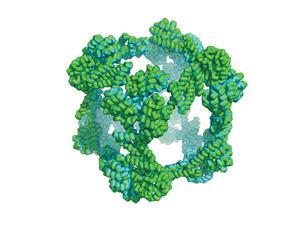Biochemical origami to form cage structures

Persuading proteins to form porous polyhedra was first published by Chemistry World.
Biochemical origami to form cage structures

Persuading proteins to form porous polyhedra was first published by Chemistry World.
No comments yet